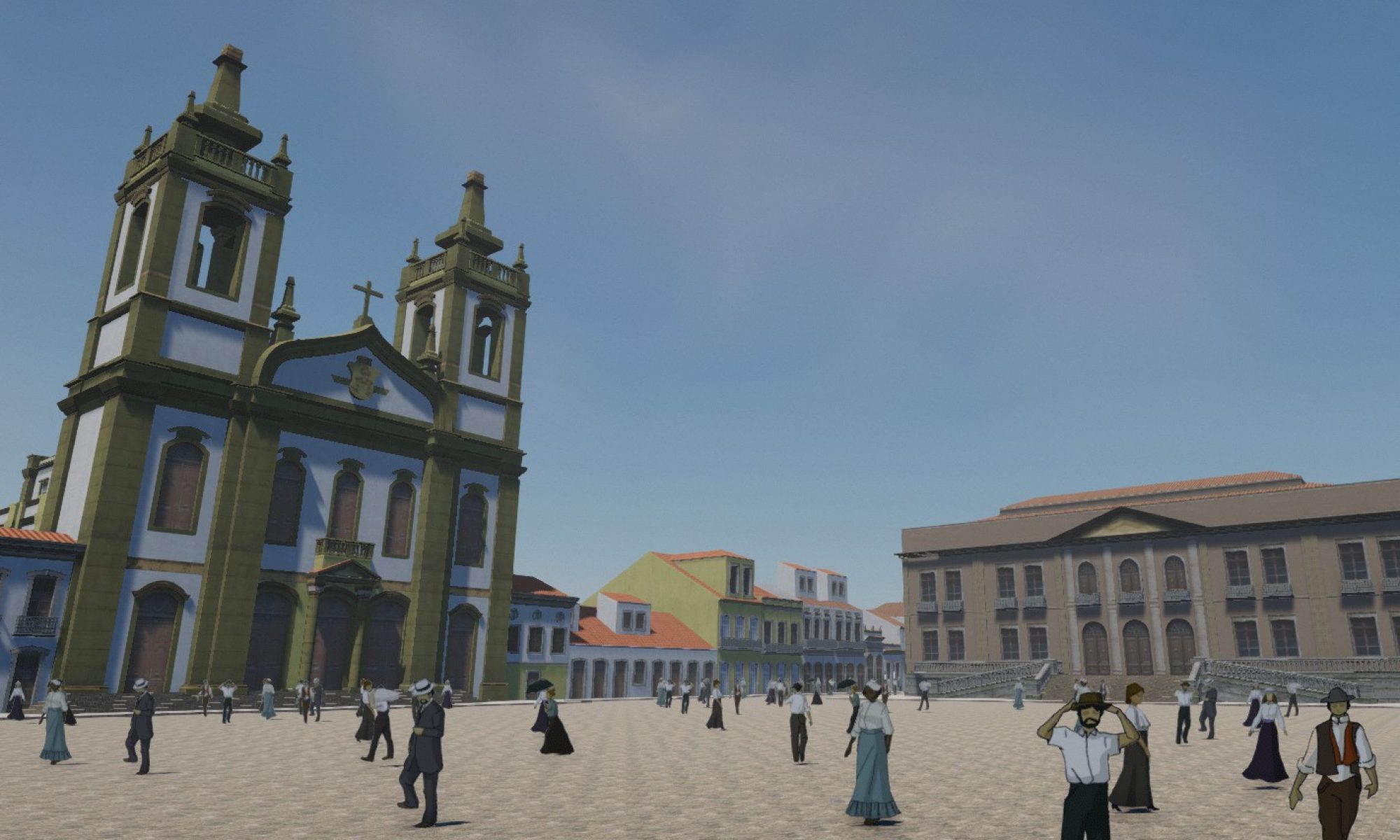This article focuses on the use of computational tools to provide dynamic assessment and optimized arrangements while planning and discussing interventions in urban areas. The objective is to address the use of algorithmic systems for generating and evaluating urban morphologies guided by Transit-Oriented Development principles. Transit-Oriented Development is an urban development model that considers geometric and measurable parameters for designing sustainable cities. It advocates compact mixed-use neighborhoods within walking distance to a variety of transportation options and amenities, seeking to result in optimized infrastructure provision and energy-efficient low-carbon districts. This article presents algorithmic experiments for the optimization of a rapid transit district, through its urban morphology and services’ location, providing an accurate Transit-Oriented Development modeling. The main findings of this study highlight that the combination of Transit-Oriented Development and algorithmic–parametric tools has the potential to significantly contribute to a process of responsible planning and, ultimately, to mitigate global warming.
Autores
Ano do texto: 2016
Citação ABNT

